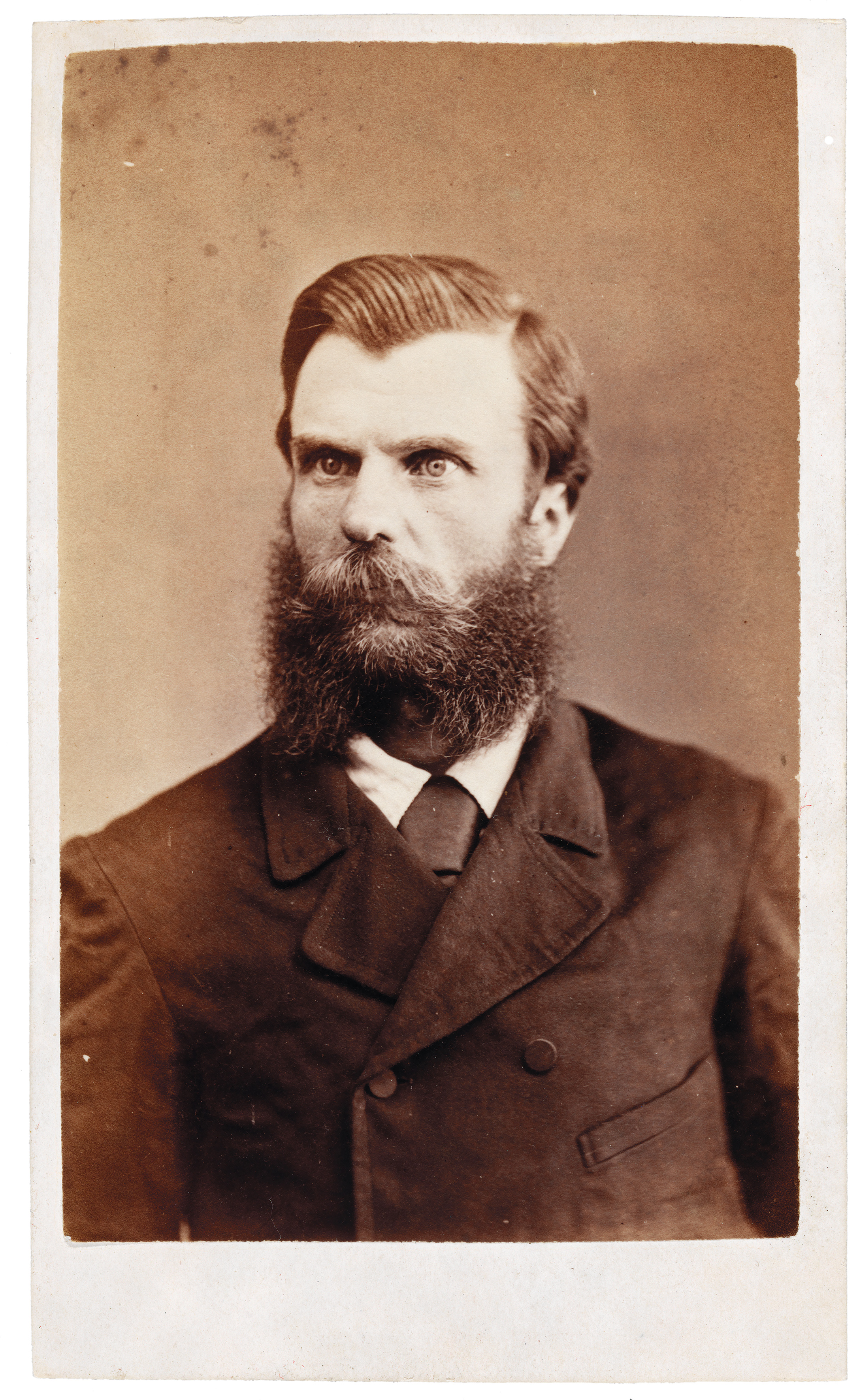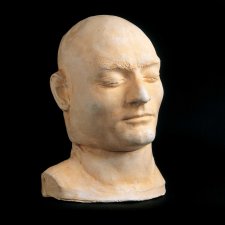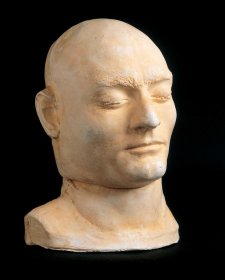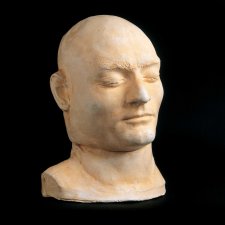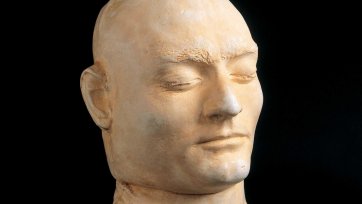Just after 10.00 o'clock on 3 December 1879, four prisoners were brought from their cells at Darlinghurst Gaol and placed in the dock of a courtroom heaving with agitated spectators. According to the Sydney Morning Herald’s report of the proceedings, Thomas Rogan, Thomas Williams, Graham Bennett and Andrew George Scott - the latter known as 'Captain Moonlite' - were 'slightly unnerved at being brought into the midst of a crowd of people' but nevertheless looked pleasingly respectable in their laundered shirts and collars: hardly the 'desperadoes' who a few weeks before had raided Wantabadgery Station, 25 miles from Wagga Wagga.
Arriving at the property on a Saturday afternoon in mid-November, Scott and his band indulged in a spree, taking hostages, shooting game and availing themselves of grog and hospitality. Someone, however, managed to get away and ride to Wagga for help. Four constables arrived in the wee hours of the following Monday morning and were soon engaged in a gunfight, a barking dog having betrayed the troopers' presence to the bandits inside the house. Outnumbered, the officers retreated. They renewed their pursuit when a group of policemen arrived from Gundagai, tracking the miscreants to a nearby farm where another shoot-out ensued. Gang member Gus Wernicke, aged fifteen, was shot dead in the fracas and Constable Bowen received a gunshot wound which subsequently proved fatal. Constable Gorman shot Scott's favourite, James Nesbitt, and killed him, 'an act of great coolness and courage under the circumstances'. Scott was allegedly captured as he wept over his comrade’s body, while Williams and Bennett surrendered. Rogan, hiding under a bed inside a hut, 'fully armed with a gun, a revolver in his hand, and a bowie-knife', was captured the next day.
After being detained in the Gundagai lock-up for a while the prisoners were transferred to Sydney to face trial, encountering 'men hooting and crying for their blood' along the journey. The papers meanwhile, initially speculating that the daring hold-up signalled the emergence from hiding of the Kelly gang, published such sensational accounts of the offence that the lawyer for the offenders declared the likelihood of a fair trial non-existent. Despite acknowledging that reports on the case served only to 'gratify diseased curiosity', judge William Charles Windeyer dismissed the request for a postponement and the trial proceeded, the prosecution dismantling the idea posited by Scott (who defended himself) that Bowen's death was caused by friendly fire. All four were pronounced guilty of murder on 11 December and were sentenced to death, the case serving, in Justice Windeyer's words, as an 'additional warning to the reckless criminal... that a felon's death and an ignominious grave await those who commence a career of crime'.
